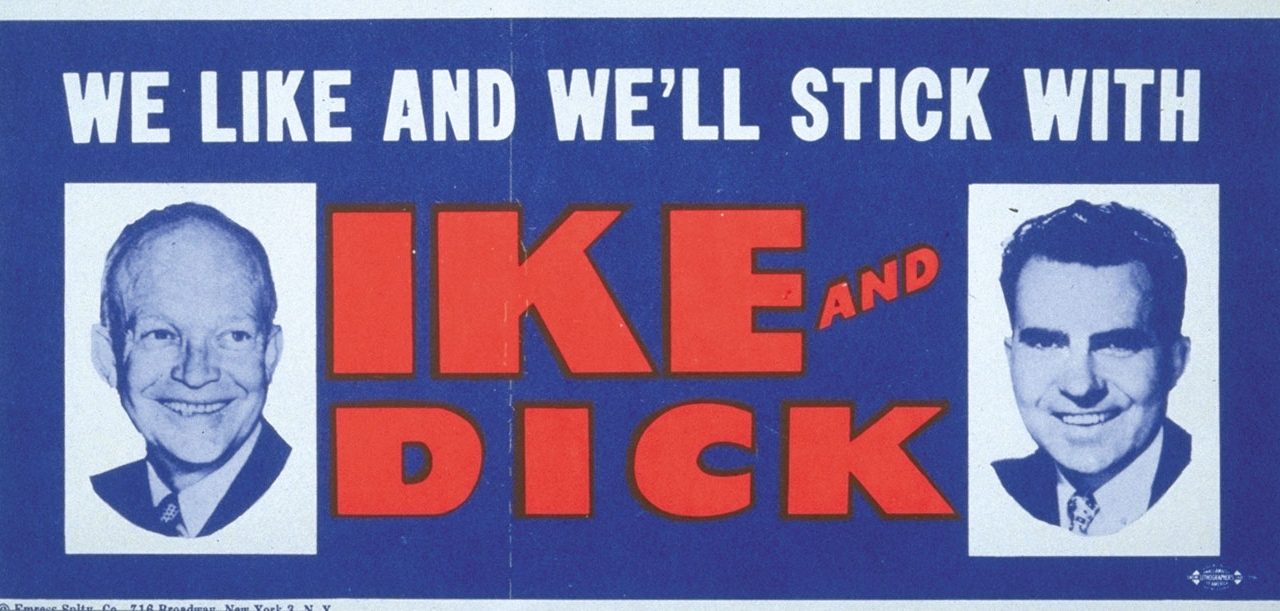At this point, it’s not any particular story but a total news environment that’s killing Donald Trump and the Republican Party. The latest CNN poll has Biden winning the popular vote by sixteen points, which corroborates the NBC/Wall Street Journal poll from Sunday that had Biden winning by fourteen. Polls taken before Trump was diagnosed with COVID-19 placed the lead in the 8-10 point range. There’s still almost a month to go before Election Day but more than four million people have already cast their votes.
Clearly, the bottom is falling out now, which is precisely what we wanted to see in 2012 and 2016, but it never happened. What we saw in those cases were modest shifts as the elections tilted one way or the other toward their final destination. This year is different. Voters over 65 have shifted dramatically against the president, and that’s deadly both because they usually prefer the Republican Party and because they’re typically the nation’s most reliable voters.
I believe we’ll see Trump holding residual strength in many battleground states for two reasons. First, that’s where he’s investing his dwindling resources. Second, where local communities are roughly split (within the 55-45 range) between the candidates, support for either of them remains socially acceptable. What I believe is happening is that supporters in strongly blue communities are just giving up on Trump in the face of the withering outrage they see in the neighbors. This means that Trump is dropping fastest in places where he’s already weak, like the cities and suburbs, and in blue states generally. Areas that were strongly for Trump are now learning to accept dissenters, but they come at a trickle at first, although that can change if they realize that the water is safe.
States that were already close, like Georgia and Texas, may tip Biden’s way now. But states with a low level of diversity, relatively small urban populations, and higher than average white/no degree profiles will see less movement. I expect Iowa to be sticky and probably Wisconsin, too, but even if they don’t tip sharply they aren’t looking good for the president.
Obviously, things can still reverse and tighten, but we’re looking at something close to the 1956 election. That year, President Eisenhower was reelected in a popular vote landslide (57.4 percent to 42.0 percent) and carried the Electoral College 457-73. His Democratic challenger, Adlai Stevenson, still managed to win seven states, but they were all in the Deep South, excepting Missouri. In 2020, a similar result would include some southern states, plus parts of Appalachia, the Plains, and the Mountain West. A realistic bottom is about 119 Electoral College votes, assuming Trump can hang on to Indiana.
If this plays out, it will be similar to 1956 is more ways that just the margin of victory. In that case, Stevenson simply lost the argument everywhere, but abiding regional partisanship prevented Eisenhower from carrying 49 states, as Nixon and Reagan would later do, respectively, in 1972 and 1984. Likewise, Trump could get his doors blown off nationally and still win a good number of states simply because the populations there cannot abide the opposing party.
Yet, the Deep South abandoned the Democrats, beginning in 1964, so if history repeats itself, even areas that remain loyal to the GOP in 2020 may reconsider if they see no improvement throughout the coming decade.







